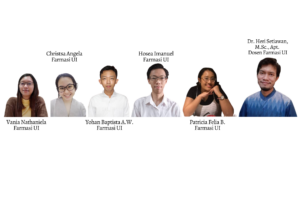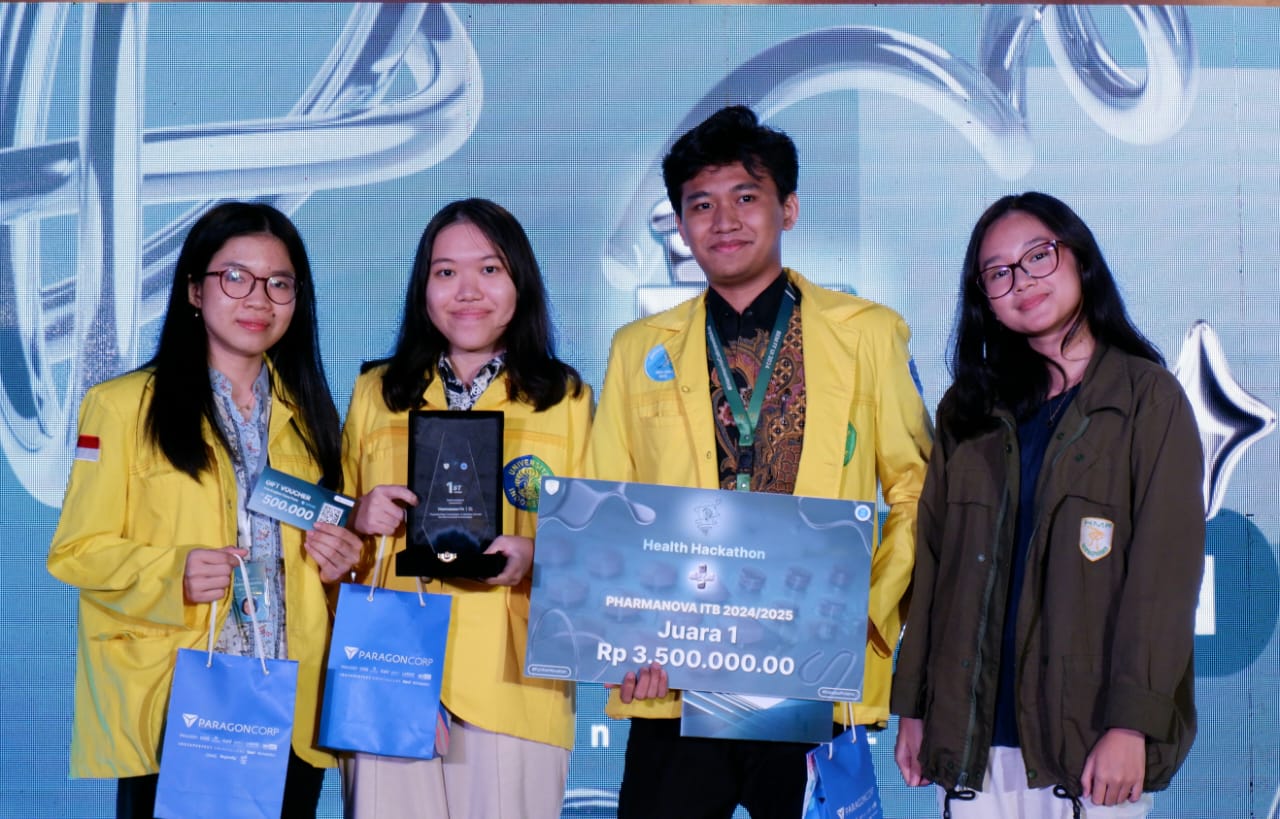Have you ever seen blue rice? Or tea that is purplish in color? The blue or purple color is obtained from a plant, namely the butterfly pea. This plant which has a Latin name Clitoria ternatea is one of the plants discovered by an explorer named Jacob Breyne in the 17th century on Ternate Island, Indonesia. The plant has a flower crown that spreads like a butterfly’s wings with soybean-like seeds, which fascinated Breyne.“Flos clitoridis ternatensibus,” said Breyne, which means “Clitoris flower from Ternate!” The location where the plant was found makes this charming flower henceforth named Clitoria ternatea, which originated from Ternate. As well as being a natural food coloring substance, the butterfly pea has been traditionally used by Indonesian people to relieve coughs, treat diarrhea, and increase body immunity. However, there is one great benefit of the butterfly pea that is not widely known and researched, namely preventing hair loss in men. In fact, 50% of men aged 50 years experience androgenic baldness, which is baldness caused by hormonal factors, namely the hormone testosterone (Sperling et al, 2018). In abnormal circumstances, excess testosterone can cause hair loss. In a seed of this plant, there is a beta-sitosterol compound that can inhibit hair loss. In fact, the amount of beta-sitosterol in the seed is six times richer than in the flower.

Armed with various literature studies, PKM-Riset Eksakta Team (PKM-RE) at Universitas Indonesia, which consisted of five students from the Faculty of Pharmacy of UI, namely Vania Nathaniela (Class of 2019), Christsa Angela (Class of 2019), Patricia Felia Budijarto (Class of 2019), Yohan Baptista Adidharma Wilie (Class of 2020), and Hosea Imanuel (Class of 2020), conducted research to find out the potential of butterfly pea seeds in preventing hair loss in men by conducting tests on experimental animals or what is commonly called an in vivo test. The study began with the process of extracting the seeds of the butterfly pea seeds, followed by administering the extract with various concentrations of 20%, 40%, and 80% on the skin surface of male mice for 10 days. The impetus to find a solution to the problem of hair loss started from complaints from a relative of the team member who was experiencing hair loss. “My father experienced hair loss at the age of 52.
One afternoon, I watched my father watering the butterfly pea plants in the yard. Since my father and the turtle were in one frame, I thought, can my father’s favorite plant overcome his hair problem?” said Patricia. “I also expressed what I thought to Vania and Christsa. We are starting to explore this issue and are striving in the PKM event with this idea in mind,” she continued. Yohan and Hosea immediately helped find literature related to the idea.
Based on the research results, each variation of the test concentration showed positive results visually to prevent hair loss in mice. However, at a concentration of 40%, the area of hair loss can be considered to be the smallest and most similar to the skin of mice given hair growth drugs, so it is deemed the most effective. The team hopes that this research can be an alternative to the problem of hair loss in men. This potential plant needs to be empowered for future research purposes.
The Extraction Process of Butterfly Pea’s Seeds
Reference
Sperling L, Sinclair R, Shabrawi L. Alopecias. In: Bolognia J, Schaffer V, Cerroni L, editors. Dermatology. 4th ed. London: Elsevier; 2018. p. 1162–85.
Author: PKM-RE UI Team (the Faculty of Pharmacy)






